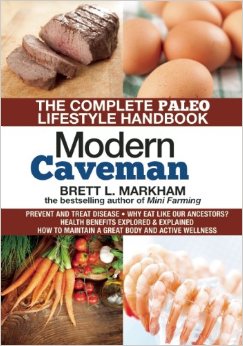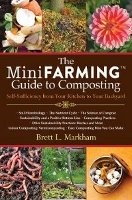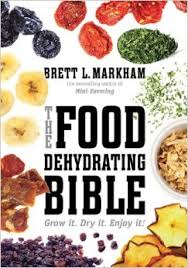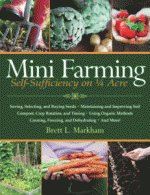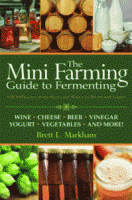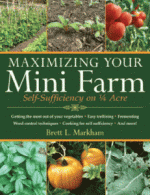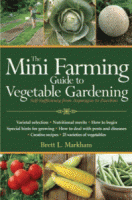I save a lot of seeds, sometimes factors more seeds than I will ever need simply because it is easy to save them. This means I can afford to experiment with planting methods without it costing me an arm and a leg.
When we are mini-farming, we are in many respects simply adapting natural processes for our convenience. It therefore stands to reason that we can take a few cues from nature to save a bit of labor or time our planting perfectly.
Nature is pretty savvy. Plants and seeds in the wild just seem to know what to do and when to do it. Have you ever seen a bunch of tender weeds killed by a late frost? No? Me either. It just doesn’t happen because nature knows exactly when to sprout those weed seeds for the longest growing season without danger of a sudden frost.
In the past, I have correlated the sprouting or blooming of certain plants in my area with when I should plant certain things. For example, broccoli goes in the ground just a week after my apple trees bloom. But over the past couple of years I have noticed some other interesting things.
One thing I’ve noticed is that if I leave a tomato behind to rot on a bed, the next year those seeds will sprout of their own accord. This isn’t exactly a newsflash but the implications are tremendous because I have tried this for a couple of years and even though those tomatoes emerge well before I would usually plant, they are never frost-killed. This means nature does for my tomatoes exactly what it does for weeds.
Now, because I do bed rotation I wouldn’t leave those young plants in the same bed where their parents grew the year before — instead, I would dig them up and put them in the new location. And it works.
Think about this for just a moment. Instead of gathering up a dozen slightly over-ripe tomatoes of the variety I want to plant next year and going through the whole wet method of seed saving, I smash those tomatoes in the bed where I want to grow those tomatoes next year. The next spring, the seedlings emerge and I just weed out all but the strongest at proper spacing. I saved no seed and a grew no seedlings. Instead, I just let nature do the work for me and all I had to do was a bit of thinning for five minutes. As a bonus, there is no transplant shock or any other difficulty. I just prepare my bed in the fall and smash the tomatoes where I want them in that bed.
Obviously, this won’t work if you want to switch varieties. But will it work in other ways?
Yes it will. I first noticed that dill and mustard re-seed easily. These plants produce copious quantities of seeds, as do carrots and many others. Domestic mustard and carrots are descended from wild mustards and wild carrots. Obviously, nobody goes out in nature and carefully replants those seeds. All that happens is the seeds are spread around the ground by wind and then buried by snow and rain while temperatures are too low for them to sprout, but come spring at just the perfect time, they sprout.
Obviously, the germination percentage is much lower than when planted perfectly, but plants make up for this through sheer quantity of seeds.
As I mentioned, I save a lot of seeds — many times what I will actually need. Sometimes I use them for experiments.
In this case, after adding compost and other amendments to my squash bed, I carefully spread about 800 carrot seeds over a 4’x16′ space. This is exactly what nature would do. Some of those seeds will rot. Some will be eaten. The germination percentage will be absolutely abysmal. But many of them WILL make it through the winter and will sprout at the exact perfect time in spring. I may have to thin a little.
I am curious to see how this works. It worked well for tomatoes and we’ll soon know how well it works for carrots!
Filed under: Planting


